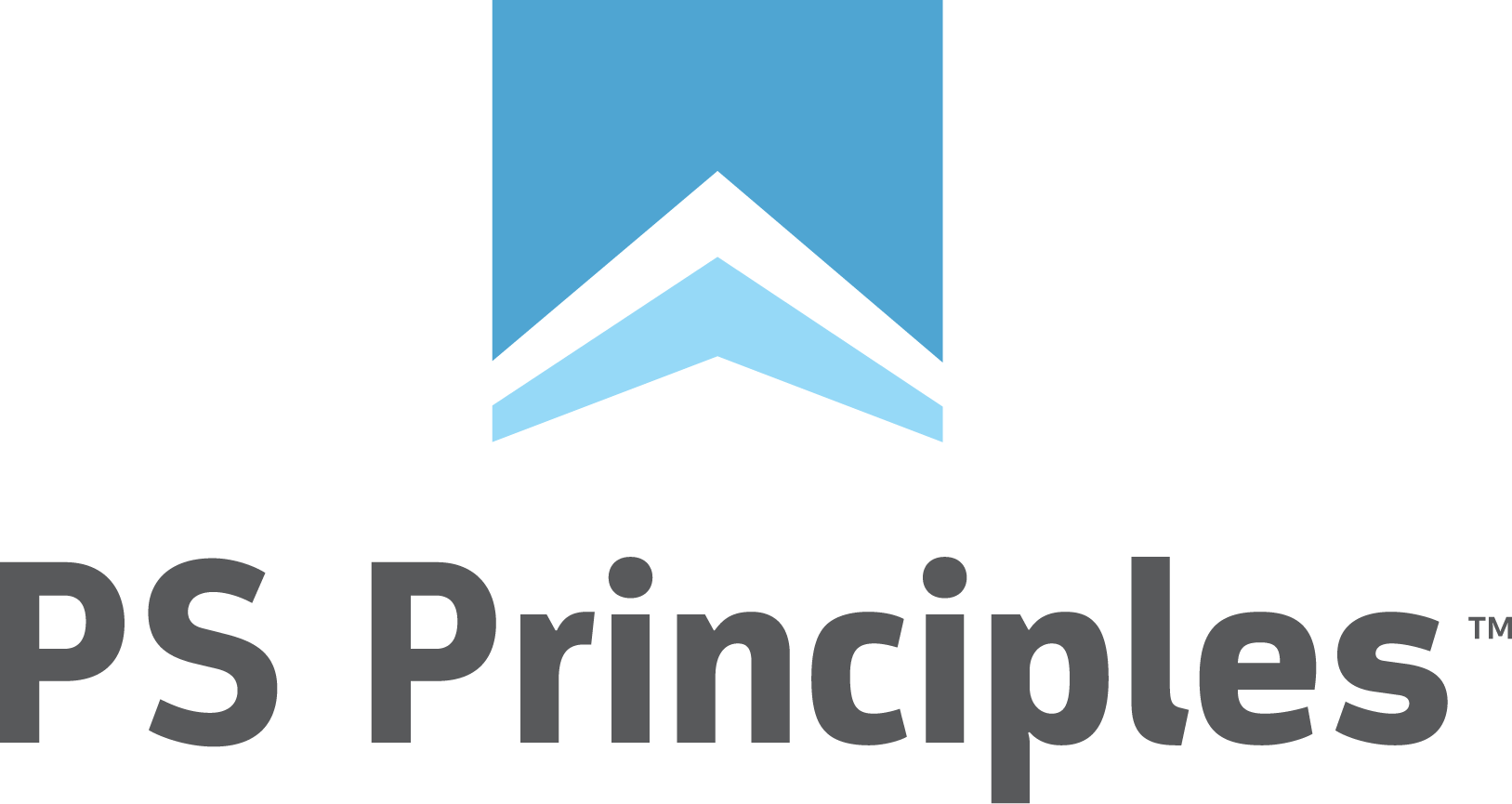Are "On Hold" Projects Killing You?


This week on Rethinking Professional Services we continued our focus on customer-facing negotiations. One specific scenario, that of placing projects “on hold”, was directly linked to an eventual decrease in billable utilization and employee satisfaction. In this article I review the slippery slope that gets us into this situation as well as a strategy for getting out of it for good.
A recent customer told me that up to 60% of its assigned projects may not be active at any given moment. Many others have reported 40% or more. While it varies for each service provider, we all tend to agree that an average on-hold project only has a 50-75% chance of restarting. This means that 25-50% of these projects will never restart. Instead they will consume non-billable time with pointless “check-ins” as well as impact our forecast by over-inflating the available backlog that can be turned into revenue.
ACTIVE OR DEAD, THERE IS NO “ON HOLD”
Yoda’s black and white framework fits very well for this best practice recommendation. Where possible, projects must be forced to continue or be stopped. This approach led me to add the “Project Continuation” clause to our statement of work best practices. While it recognizes that the customer has the right to reprioritization a project, it also makes it clear that such an action creates some natural consequences.
The first, is that the resources need time to ramp down. Expert resources are dedicated to projects because a customer agrees to use those resources on an agreed schedule. While the project continuation clause spells this out in detail, even without one, the customer cannot simply halt a contract at will (unless there is a termination for convenience without penalty clause) because it changes the very commercials upon which the agreement is based. Hence, the immediate hold of a project may require that a minimum fee be charged for a limited time, if the resources cannot be immediately redeployed.
Another consequence the project continuation clause spells out is that “on hold” really means “stopped”. The business model of providing experts to generate revenue does not reserve consultant capacity to allow the current project team to wait for customers to determine if a project is active or not. Yet another consequence spelled out in the clause is that restarting the project will carry an increased cost to the project to account for the eventual new team’s orientation about the project’s current status.
Are these clauses fair? My experience with this clause in customer-facing statements of work, is it has always been accepted. Customers understand that it is unreasonable to demand the attention of a scarce resource and then expect to consume that resources time without paying for it, especially when there are other customers willing to do so. Only one company struck the clauses from our contract only to later agree to more specific wording that allowed us to apply this level of thinking to each and every resource on the engagement.
DO I NEED A PROJECT CONTINUATION CLAUSE?
I think all projects need this clause, but the urgency of it depends on how bad your on-hold project issue is. The need for it might be evident from some warning signs. Billable utilization might have decrease and plateaued at around 60% no matter how many projects you staff to the consultants. Forecast v Actual accuracy might have decreased for two reasons. The first, because available backlog (from which the forecast is created) is inaccurate and is not available for conversion into revenue. The second, because current projects are time-slicing across too many active and on-hold projects.
While the warning signs can be evident at any stage, I believe a critical point is reached when 20-25% of a team’s portfolio is on hold. At this point, the wheel-spinning begins to impact the P&L and team morale in a significant way.
BETTER RESOURCING ISN’T THE ANSWER!
The first step to getting out of this situation is to recognize that it isn’t a resourcing issue. On the surface, many companies think the issue stems from the large number of projects that need staffing. However, it’s their inability to stop projects going on hold that is causing the larger number of projects. Granted, that better resourcing is always an improvement, but in this circumstance, it isn’t going to fix the underlying problem.
The next step is to work with sales or customer success to identify the parameters in which we can begin clearing the backlog of these on-hold projects. Ultimately, we are going to help the company understand these customers intent to continue to work with us, which will bring much needed clarity. Then, we begin a process of notifying each on-hold project that we are officially stopping it and redeploying the resources.
Customers wishing to continue working with us will object. This will allow us to use the parameters we agreed with sales or customer success to find an equitable solution. Those who do not object, never intended to restart the project anyway. The first time I did this, 50% of my on-hold projects disappeared. This was good news for professional services efficiency but tragedy for the software company to whom we belonged. The silver lining was that we accelerated the disastrous news about our future renewals. Wouldn’t you want to know if you had a renewals problem as soon as possible?
In all, the concept is simple. For every project we put on hold we create yet another step towards a downward spiral that is very difficult to untangle. Allowing projects to easily “slip” into an on-hold status decreases our efficiency in converting backlog to revenue and increased the non-billable workload of our consultants. While disaster doesn’t come from one project going on hold, if it isn’t controlled, it eventually will.
